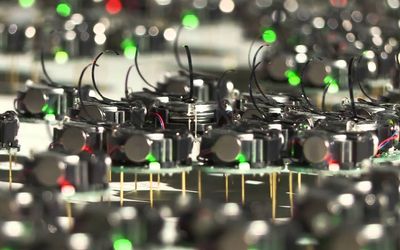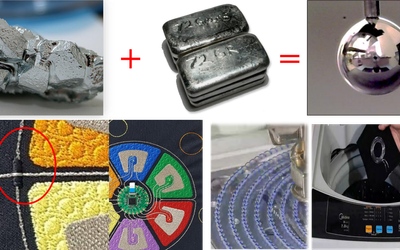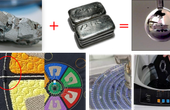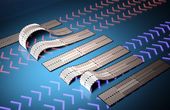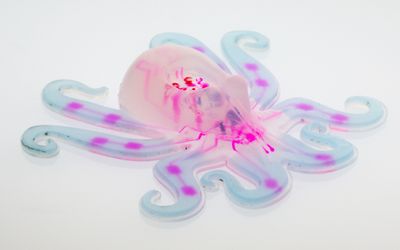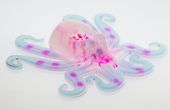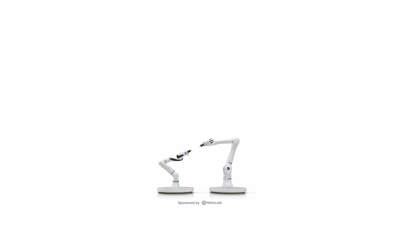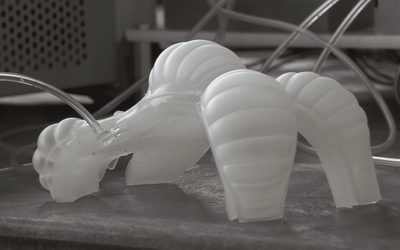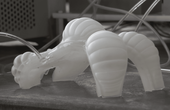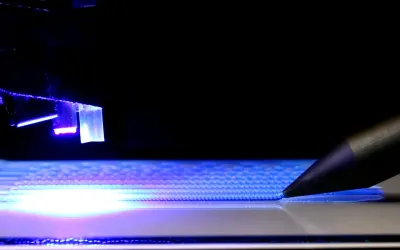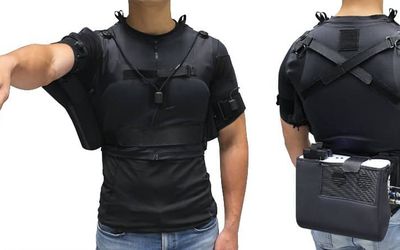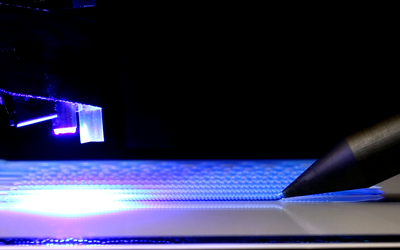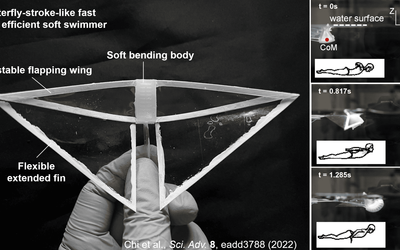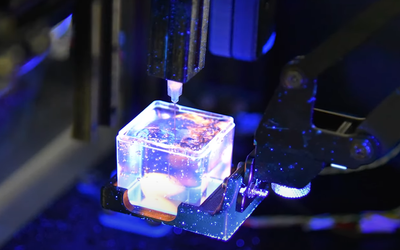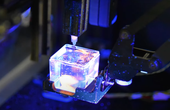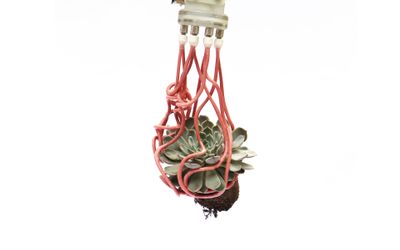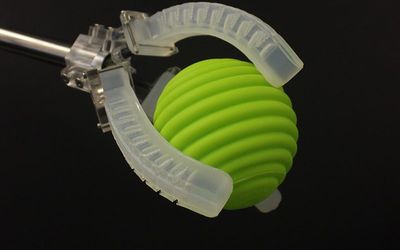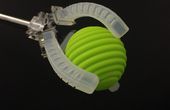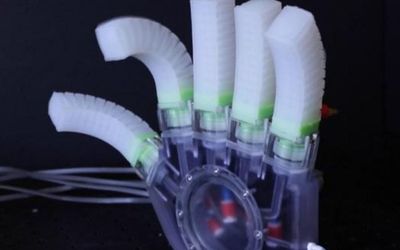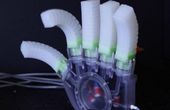In this article you will learn more about liquid metals, a material that never ceases to amaze. It is water-like at room temperature but with metallic properties. Here you will see how researchers want to make them printable or turn them into conductive, stretchable, and washable fibers for e-textiles.
Tagged with
soft robotics
ORGANIZATIONS. SHAPING THE INDUSTRY.
Harvard University
University
At the Harvard John A. Paulson School of Engineering and Applied Sciences (SEAS), we work within and beyond the disciplines of eng...
42 Posts
Soft Robotics Podcast
Robotics
This podcast is dedicated to the (soft) robotics community and audience who...
6 Posts
NC State University
University
NC State is a powerhouse in science, technology, engineering and math. We l...
3 Posts
APEX Motion Control
Machinery Manufacturing
Automation and Robotics for Food, Bakery, Pet Food and Pharmaceuticals.
Latest Posts
Researchers at North Carolina State University have demonstrated a caterpillar-like soft robot that can move forward, backward and dip under narrow spaces. The caterpillar-bot’s movement is driven by a novel pattern of silver nanowires that use heat to control the way the robot bends, allowing users to steer the robot in either direction.
